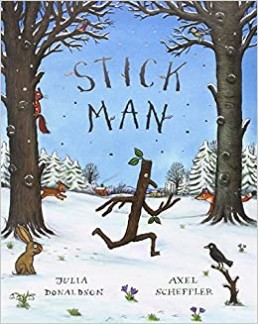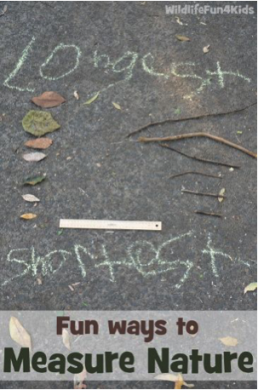Story Time- Open ended Question ideas
This applies to all books you may be reading with your children, not just stickman.
Looking at the Cover
Can you find the Front Cover?
What can you see on the front cover?
What might this book be about?
Can you find/point to the title?
What might happen in the story?
Parent can read the title and ask again what might happen.
Talk about the Author/Illustrator and any related books
Inside the Book
What is happening on this page?
Can you turn the next page?
How do you think the character feels? Why?
How would you feel?
What might happen next?
Do you know what that word means?
What might happen at the end of the story?
When Finished
Can you remember the characters in the story?
What happened in the story?
What happened to this character in the story?
What did you find out?
Did you like this book…why?
What was your favourite part?
Who was your favourite character?
Can you re-tell the story in your own words?
Do you like how the story ended?
Can you think of another way the story could have ended?
We suggest your child listens to the story with you many times over a week and is able to look at the book/video independently when chooses to. Your child will become familiar with the story, characters, depth of the story messages, rhyme and phrases, illustrations and even letter/word recognition. Hopefully they will be able to retell the story, talk in more detail about the characters and their feelings/actions, use their imagination to change parts of the story or rhyme, draw simple representations of the characters or main events, role play the story, copy words/label pictures from the story or share retelling with younger siblings.
https://www.youtube.com/watch?v=6FlKIjVeNY0&t=18s
Home School Activity 2: Sticks
Resources: Sticks
Implementation
We see a lot of you found sticks during your scavenger hunt, so using these sticks, encourage your children to look at the sizes of them and ask what they can see.
 Support them if necessary to place the sticks into size order using mathematical language of size and length, long, short, biggest, smallest, medium etc.
Support them if necessary to place the sticks into size order using mathematical language of size and length, long, short, biggest, smallest, medium etc.
Extension – using a stone, hands, Lego or what your child believes would be appropriate, (trial and error and problem solving) you could measure the sticks and record your findings with any representation suitable with your child’s ability, such as drawing pictures, taking photographs, writing digits.
Intent- Learning Objectives-
Here's what your children will get out of this activity, within their age brackets.
Maths- Shape, Space and Measure
22-36 months
- Beginning to categorise objects according to properties such as shape or size.
- Begins to use the language of size
30-50months
- Uses positional language.
40-60 months
- Orders two or three items by length or height
PSED – Personal, Social, Emotional Development
30-50 months
- Can select and use activities and resources with help.
- Welcomes and values praise for what they have done.
- Enjoys responsibility of carrying out small tasks.
- Shows confidence in asking adults for help.
40-60 months
- Confident to speak to others about own needs, wants, interests and opinions.
- Can describe self in positive terms and talk about abilities.
Impact- Please use this space (or a sheet of paper) to record any findings, adaptions, reflections and quotes from your children. We would love you to email them back to us or share them on Tapestry.
Happy Measuring.
The VIN Team (Virtual Inspirations Nursery)

